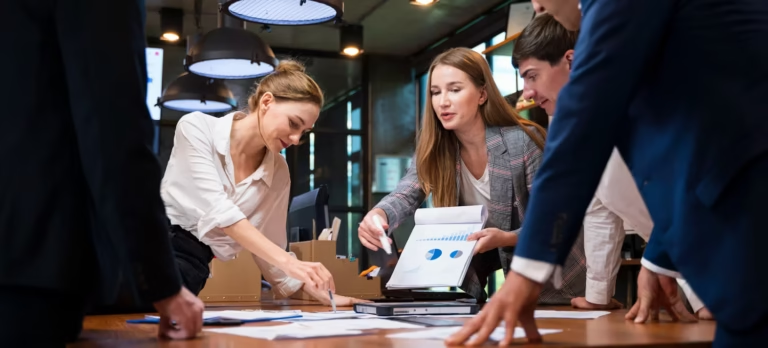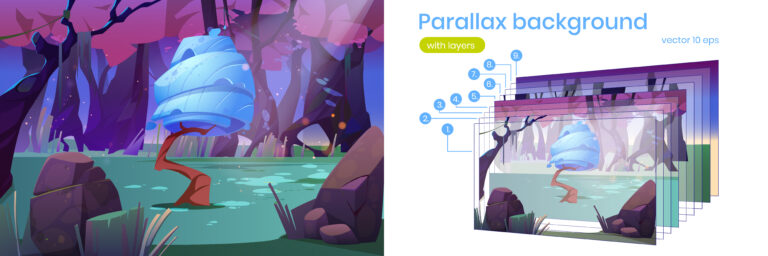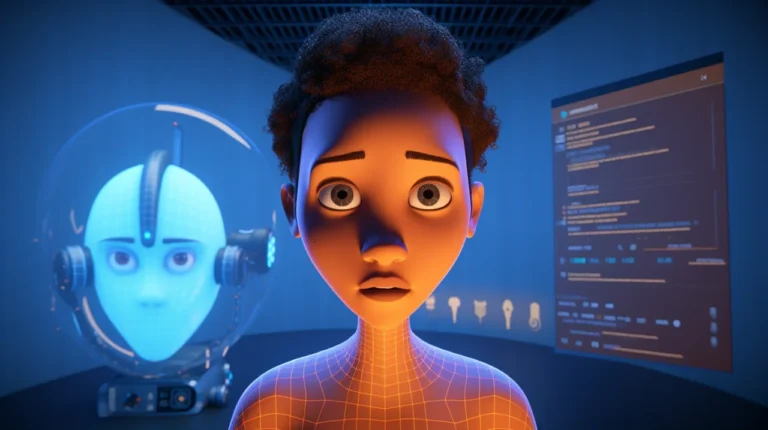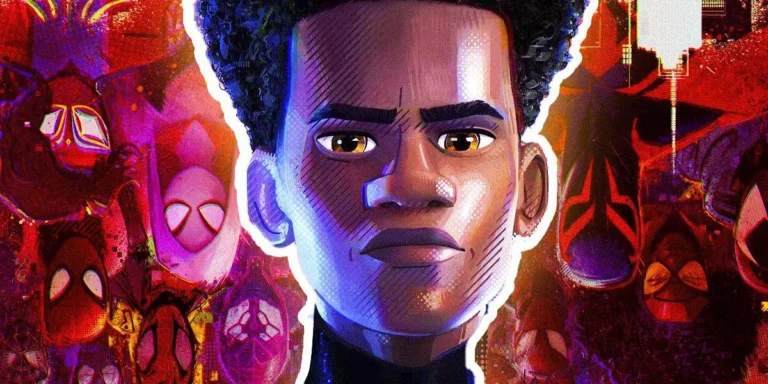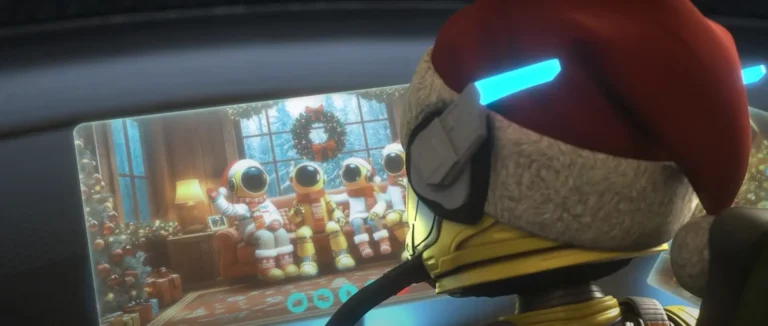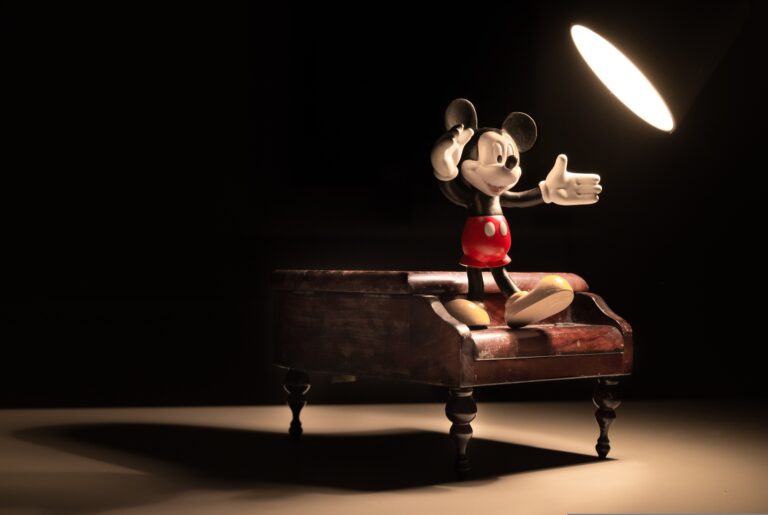Animations aim to bring characters and objects to life through movement. Animators rely on techniques like follow-through and overlapping action to make motion natural and appealing, also enabling creators to amplify the styles of characters and props, varying from realistic movements to a more cartoony and exaggerated movement.
In this article, we will unwrap follow-through and overlapping action discussing what each technique is and its usage. Hope you enjoy the journey!
What is Follow Through?
Follow-through refers to how an object or character continues to move after the action that set it in motion has finished. For example, when a character abruptly stops, their clothes keep moving for a few frames before settling. This adds realism and weight to the movement. Using the follow-through technique will create the illusion of physics and momentum, add weight and anchoring, and bring out nuances of inertia after the action.
A practical example is when Stella stops running in Spiritfarer, and her hat and body continue moving after she stops, giving her movements more gravitas and weight. The extra follow-through makes Stella feel firmly anchored in the physical world, as her clothes don’t immediately freeze when she does. Subtly, this grounds the exaggerated and cartoony motions in realistic physics. The following gif shows how this technique was used in the said video game.
What is Overlapping Action?
Overlapping action is when a character’s movements blend together smoothly rather than stopping completely between actions. For instance, a character may start walking while still finishing picking up a suitcase. Overlapping action connects movements fluidly, avoids unnatural pauses and poses between actions, and makes motions more lifelike and organic.
A practical example is in Toy Story, when Woody’s head bobs and torso rotates in an overlapping wave motion as he animatedly runs, making the action more dynamic. By not pausing the head bob completely as Woody’s legs begin stepping, the animators overlap the actions into one continuous, flowing sequence. This achieves a much more natural and cartoonishly exaggerated run. Lastly, Follow-through and overlapping action were established as two of the 12 principles of animation by Disney animators in the 1930s and remain core techniques today.
Pros and Cons
Using follow-through and overlapping action has many benefits for animation. Follow-through adds realism, weight, physics, and a sense of momentum which will impact how believable and appealing the movement is for the viewer.
Overlapping action creates seamless transitions between movements, avoiding disjointed or robotic motions. Together they make animation feel more lifelike, organic, and fluid.
However, both techniques require skill for character animation companies to execute well. Overdoing follow-through can distract from the main action, while poor overlapping can muddle key poses. They also require more intricate timing and frames of animation than stiff, discrete movements. When used judiciously by skilled animators though, the benefits far outweigh the costs.
It is safe to say that you can’t really say any cons for these two techniques, as undoubtedly, when each or both techniques are done right, it will add to the quality of your animations.
Why Follow-Through and Overlapping Are Essential
Together, these techniques make the animation feel natural, fluid, and realistic. Follow-through gives weight, physics, and momentum to actions and motions. Overlapping action seamlessly connects distinct movements together into flowing sequences. This portrays characters as living beings obeying real biomechanics. The result is the animation that appears convincingly alive and organic, as the viewer perceives the characters have underlying bones and muscle driving their motions.
Examples in Animation
How follow-through and overlapping action have an impact
In The Sword in the Stone, Merlin and Wart’s movements overlap together fluidly when transitioning from running to hopping across rocks. Their motions blend smoothly as a real mentor and student would. The overlapping actions make the pair feel like living people rather than just poses.
In The Iron Giant, the Giant’s parts dramatically follow through after crashing into the sea, continuing to sway and bounce with weight after the impact. This gives scale and mass to the giant machine, as its massive metal pieces obey physics and inertia.
In Spirited Away, Chihiro’s hair flows behind her with follow-through as she rides on Haku’s back, emphasizing their speed and motion. The hair movement serves as a reminder of the forces Chihiro would realistically experience at such speed.
Follow-through and overlapping occur extensively in all varieties of animation. Subtle applications are used in realistic human motion, while exaggerated uses appear in abstract cartoon movements. But in all cases, anchoring the animation in follow-through and overlapping establishes crucial lifelike dynamics.
Conclusion
Follow through and overlapping establish vital foundations for lifelike animation. These hand-crafted techniques breathe life into motion and remain essential tools for animators to bring characters to life. They create the illusion that character animations follow the same physical rules as the real world. The principles set down by innovators like Disney’s Nine Old Men continue to enable animators to produce natural, dynamic motion over 80 years later. Follow-through and overlapping are indispensable for bringing the illusion of life to animation.

